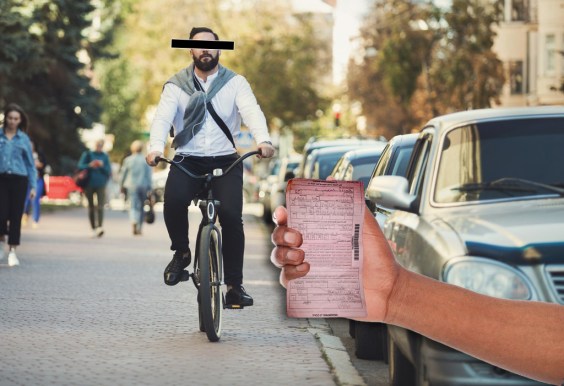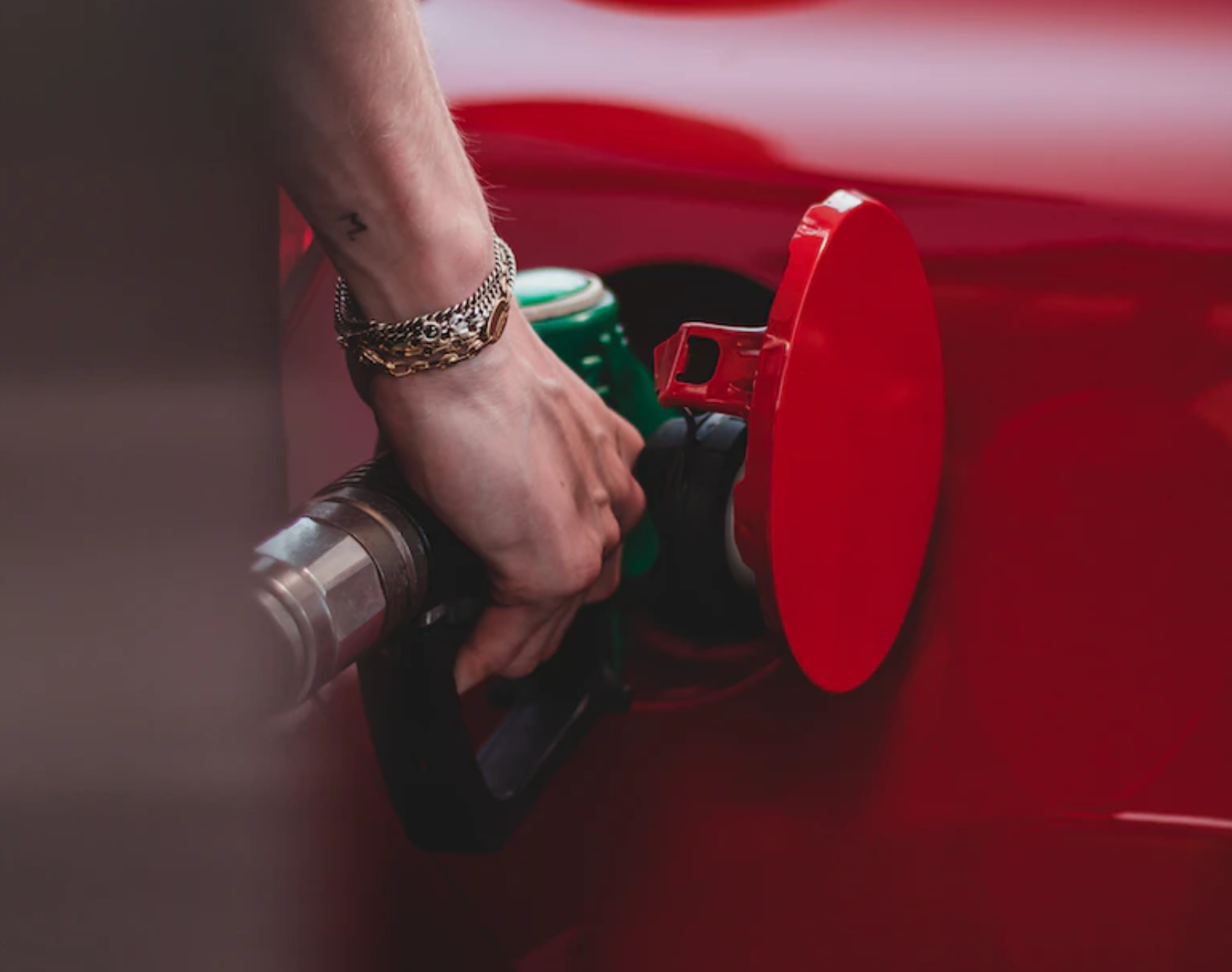Quick, what's the neighborhood with the most going on in Seattle? No need to ask a local. Walk Score has introduced ChoiceMaps, a new tool to help people find which parts of a city have the greatest "depth of choice" in terms of amenities like grocery stores.
The tool uses Walk Score data to show the number of neighborhood amenities within 5-, 10-, or 20-minute walks of a location. In addition to restaurants, groceries, and coffee shops, it also lets you see the number of schools, transit stops, bike-share stations, and car-share locations within walking distance.
ChoiceMaps recently rolled out in New York, Washington, D.C., Chicago and Seattle. Tom Fucoloro at Seattle Bike Blog is pretty excited about it:
This is where the role of land use starts to have a big effect on the walkability (and bikeability) of an area. Because being a short walk from one restaurant doesn’t mean a whole lot: It could suck or maybe you can only eat falafel so many times a week. But being within a short walk from five restaurants? That’s a lot more variety and, well, choice!
And, because they are Seattle-based, we are lucky enough to be one of the first cities where the service is available (see more about the release via the Walk Score blog).
Right now, ChoiceMaps does not take bikes into consideration, but you can imagine that having a bike let’s you move the slider further to the right and still have that many destinations within a very short trip. And that’s why bikes and (boring but extremely important) land use policy go hand-in-hand.
Over at their blog, WalkScore developers used the tool to compare the number of restaurants available to residents of Midtown Manhattan versus Topeka, Kansas: "The average Midtown resident can walk to a staggering 1,251 restaurants in 20 minutes, but in Topeka you can only walk to an average of 7 restaurants in 20 minutes."
Imagine the possibilities.
Elsewhere on the Network today: Transportation for America releases its statement on President Obama's proposed 2014 transportation budget. The City Fix shares a new study from the World Health Organization that links transit to reductions in traffic deaths. And Twin City Sidewalks takes an outsider's look at bike progress and resistance in Boston.





